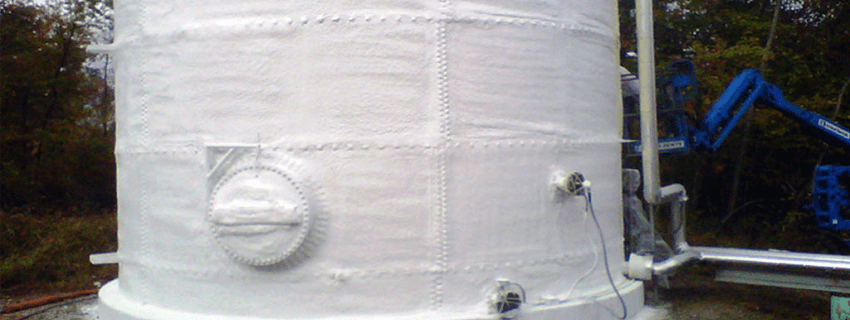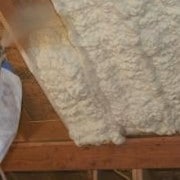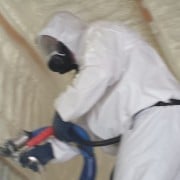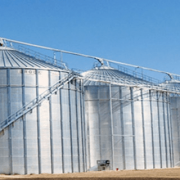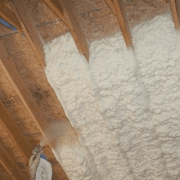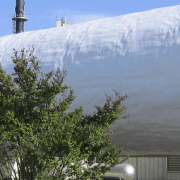3 Types of Residential Insulation
[ad_1]
It is a common misconception that insulation is only to keep warm air in and cold air out of a home. This is simply not true, it is also just as important in reverse. Insulation can help keep your home’s temperature down in the summer which will help on your utility costs. Your air conditioner won’t have to work as hard in a well insulated home.
Insulating materials contain millions of tiny air pockets that trap heat trying to pass through. The more air pockets per sq inch, the more the material is resistant to heat transfer. This level or resistance is measured in terms of “R-values”. The “R” stands for resistance and the number represents the the level of effectiveness of the material. The higher number value the better it will resist heat transfer.
There are four types of insulation you should know about when thinking about your home; fiberglass, loose-fill, foam and ridig insulation.
Fiberglass Insulation: Fiberglass is the most common insulation in the United States and is used in both residential and commercial buildings. Fiberglass comes in two different forms; batt and blanket. Batt insulation is made up of rock wool or the fluffy fiberglass you think of. It usually comes in 4 to 8 foot lengths with a variety of different widths. Blanket insulation is very similar to batt except it comes in continuous rolls. This makes for less waste but is harder to handle.
Loose-Fill Insulation: Loose-Fill is either blown or poured into an area of a home, usually used for closed spaces such as attics, ceilings, walls and floors. Loose-Fill insulation comes in a variety of materials such as fiberglass, rock wool and cellulose.
Foam Insulation: Foam is also used to insulate closed spaces like walls, ceilings and floors Once the foam is injected into an empty space it will expand and harden to provide excellent R-values. Foam is the most expensive form of insulation and you will need to hire a professional if you are looking to insulate a large area.
Rigid Insulation: Rigid insulation consists of boards made of polystyrene. It is excellent for insulating roofs, ceilings, foundation basement walls and where you are looking to get a thin layer of insulation with a high R-value. Unlike the other types of insulation, rigid boards are very flammable so it is important to use where you can cover with a fire protection layer such as drywall.
[ad_2]

